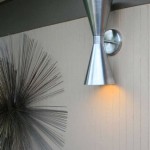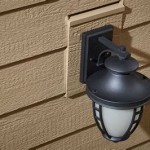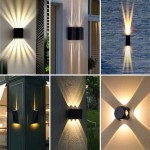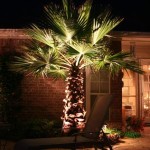Essential Aspects of Dramatic Outdoor Lighting Photography
Photography under natural illumination presents unique challenges for photographers. Outdoor lighting, particularly during sunrise and sunset, can create stunning compositions, but it also demands technical proficiency and an understanding of natural elements. Mastering these aspects will allow photographers to harness the power of daylight for compelling and dramatic images.
Understanding Golden Hour and Blue Hour: The "golden hour" and "blue hour" are periods shortly after sunrise and before sunset, respectively. These times of day offer warm, golden hues and soft, diffused light, ideal for outdoor photography. Blue hour, on the other hand, presents a cool, blueish illumination that can create atmospheric and ethereal images.
Directional Lighting: Sunlight's direction significantly impacts the mood and shadows in a photograph. Front lighting, where light originates from the camera's position, can produce flat and unflattering images. Side lighting, however, casts shadows that define contours and add depth. Backlighting creates dramatic silhouettes, while split lighting illuminates one side of the subject, creating contrast and mystery.
Metering Techniques: Accurate exposure is crucial in outdoor photography. Evaluative metering averages the entire scene's light, which can lead to over- or underexposure. Spot metering measures a specific area, enabling photographers to set exposure for their main subject. Alternatively, matrix metering (available on DSLR and mirrorless cameras) analyzes multiple zones of the scene and provides a balanced exposure.
Compositional Guidelines: Composition plays an essential role in dramatic outdoor lighting photography. Leading lines, perspective, and the rule of thirds can guide the viewer's eye and create dynamic images. By incorporating these techniques, photographers can emphasize the subject and evoke emotions effectively.
Filters and Camera Settings: Polarizing filters reduce glare and enhance color saturation, while neutral density filters allow for longer exposures. Experimenting with camera settings such as aperture, shutter speed, and ISO can control depth of field and motion effects, ultimately adding layers of interest to the scene.
Post-Processing: Post-processing software allows photographers to enhance and refine their outdoor lighting shots. Adjustments to contrast, color balance, and sharpening can bring out the details and mood of the image. However, it's essential to exercise restraint to preserve the natural beauty of the outdoor setting.

Dramatic Outdoor Portraits

Outdoor Flash Photography Tips For Natural Or Dramatic Portraits

Outdoor Flash Photography Tips For Natural Or Dramatic Portraits

Outdoor Flash Photography Tips For Natural Or Dramatic Portraits

Off Flash 5 Techniques For Dramatic Portraits Rangefinder

Off Flash 5 Techniques For Dramatic Portraits Rangefinder

The Best Lighting For Outdoor Photography Focus

How To Use Off Flash Create Dramatic Images With Cross Lighting

Outdoor Flash Photography Tips For Natural Or Dramatic Portraits

Allison Shelby Lighting Work Setup Dramatic Photography Photo Light
Related Posts







